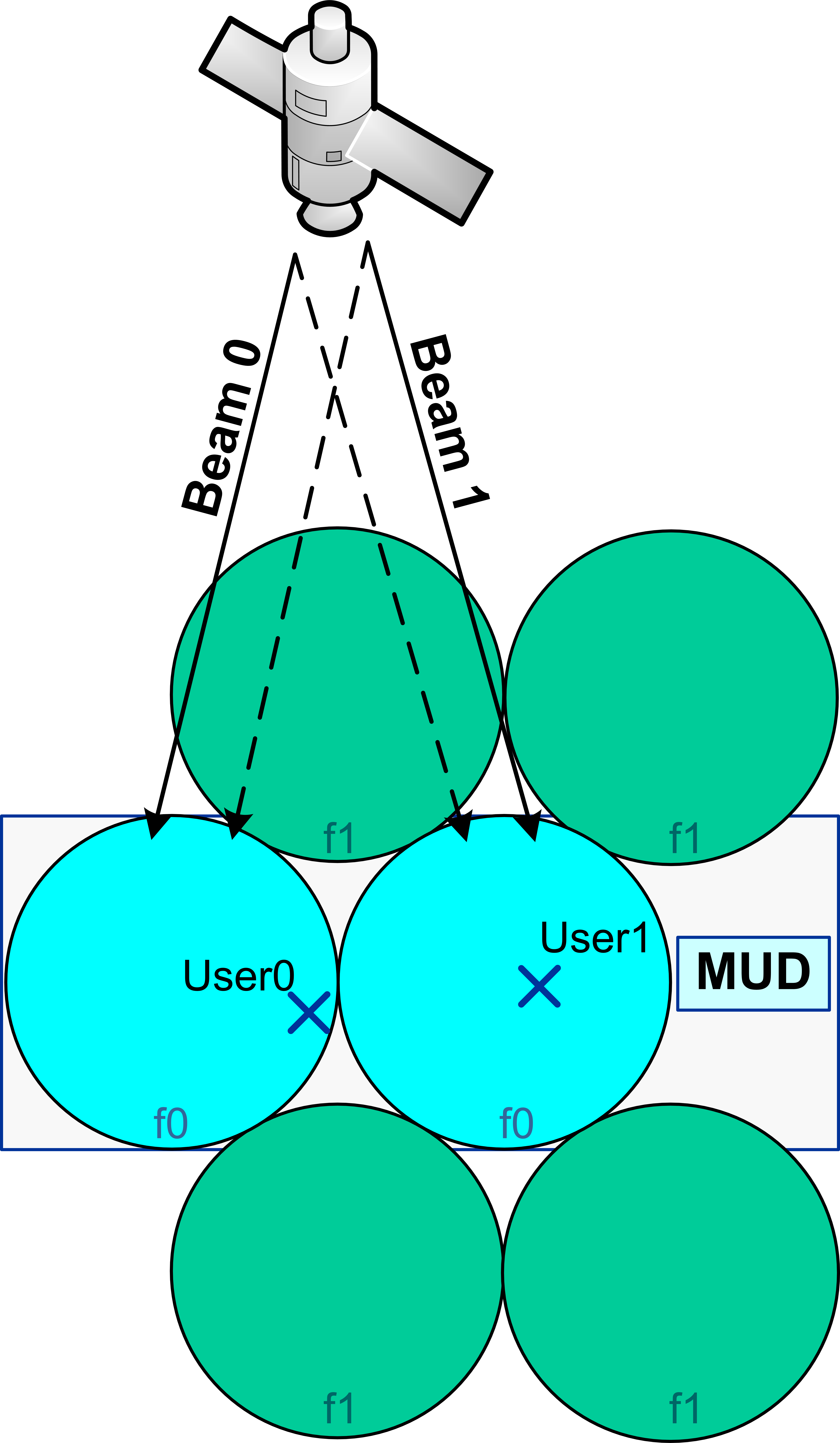
-
StatusCompleted
-
Status date2017-12-20
-
Activity Code3C.007
The capacity in satellite networks is highly dependent on the efficient use of system resources and in particular the available frequency spectrum. Frequency reuse in multi-beam satellite networks allows significant increase in the system capacity but introduces interference.
Advanced interference mitigation techniques (IMT) allow the receiver to remove interference or detect additional useful information.
So far, preliminary simulation results showed promising enhancement in the system performance assuming ideal conditions.
The objective of this project is to analyse the enhancement in the system performance in a representative and realistic environment.
For this purpose a system demonstrator is developed that provides relevant subsystems and offers the interference mitigation techniques
Multi-User-Detection and Successive Interference Cancellation at the receiver.
The challenge of this project is to create a realistic and representative test environment (taking into account system and payload characteristics) for multi-beam satellite systems with frequency re-use to analyse the enhancement in the system performance utilizing interference mitigation techniques.
The system demonstrator benefits are:
- simulation of a realistic environment
- utilization of DVB-S2x
- analysis of capacity gain
- high computation performance
- analysis of various IMT scenarios
The system demonstrator allows the definition and configuration of the various scenarios in a very flexible way. The high data throughput of the demonstrator enables the calculation of performance parameters, e.g. frame error rates, in considerable short times.
The system demonstrator consists of the following modules:
- Bank of DVB-S2x transmitters
- Realistic satellite channel
- Receiver supporting IMTs
- Performance measurement unit
- Control & Monitoring GUI
The project is organized in two steps:
Step 1: Consolidation of the techniques and top-level demonstrator design
- MS1: Baseline Design Review (BDR)
- MS2: Preliminary Design Review (PDR)
Step2: Demonstrator development and performance validation
- MS3: Critical Design Review (CDR)
- MS4: Acceptance Review (AR)
- MS5: Final Review (FR)
- MS6: Final Presentation (FP)
This project is successfully completed.




